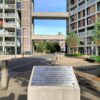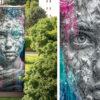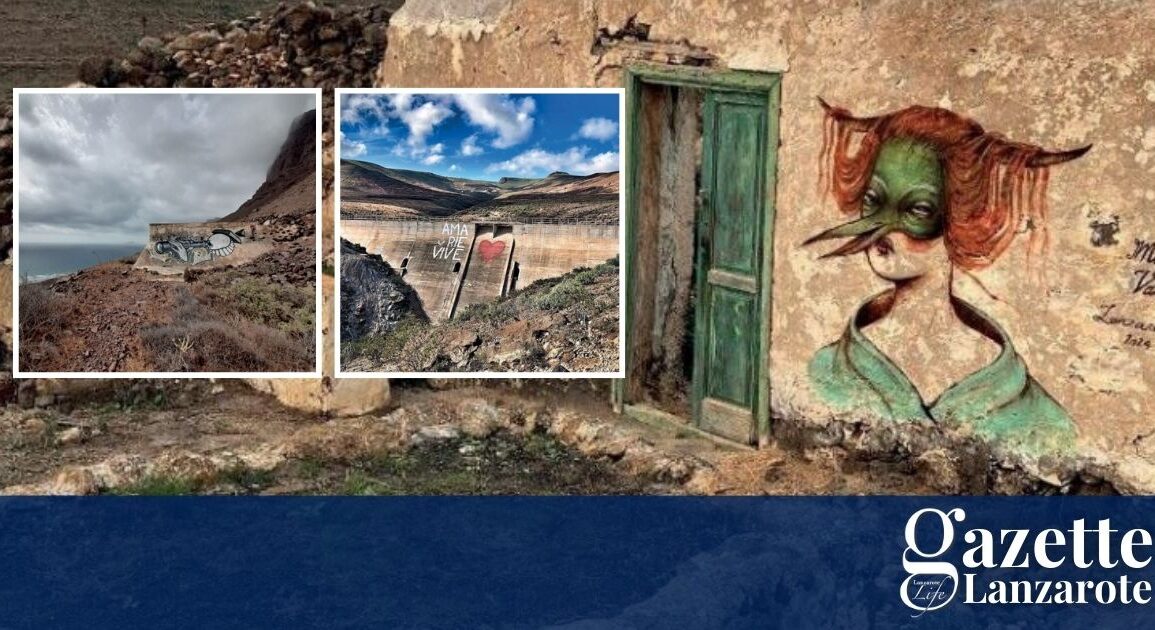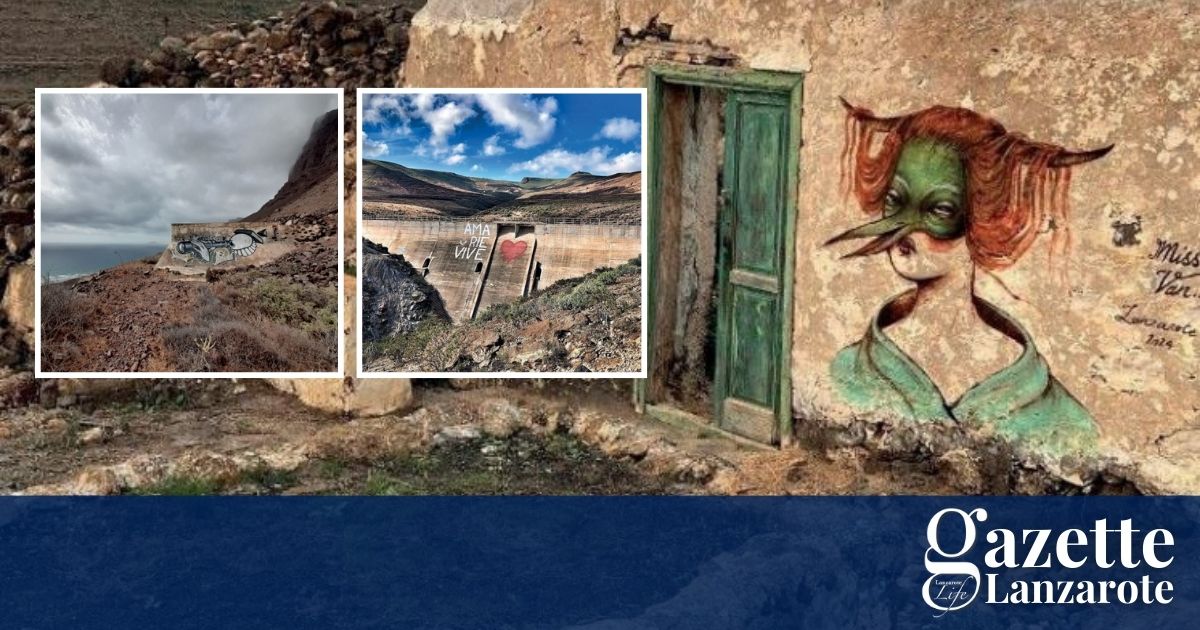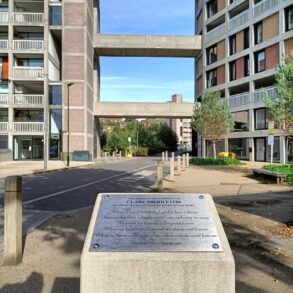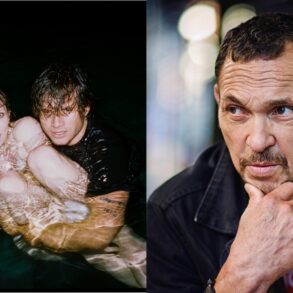The case of the French artist who painted artworks on two abandoned houses in rural Lanzarote has highlighted Lanzarote’s complicated attitude towards heritage and public art.
In January, the French artist who goes under the name Miss Van posted images of the painting she had created on a ruined house, which seems to be in the area of Mirador de los Valles. The image is a surreal, romantic depiction of a woman’s head, with horns, red hair and a beaked carnival mask that matches the faded green of the house’s door.
The Toulouse-born street artist accompanied her post with the message “Lanzarote, I’m in love with you. I found this spectacular abandoned house and decorated it. As you know, I haven’t painted spontaneously in the open air for years, but this island is more than inspiring.”
However, it wasn’t long until Miss Van’s post received strong criticism. Among those who attacked it were the Nueva Canarias political party, who condemned “Another attack on our historical heritage” and called for severe measures to be applied.
Cabildo President Oswaldo Betancort also commented, saying “I’m against these type of artistic actions on our soil. There is a place for art on our islands, but it must be integrated and respectful of our heritage.”
Betancort invited the artist, Vanessa Alice, to meet him at the Cabildo and she accepted, resulting in a “constructive meeting” where she apologized publicly. Shortly afterwards, Miss Van posted new photos that showed that the artwork had been completely removed from the ruined building, and repeated her apology.
However, it is clear that the hostility she encountered on social media upset Miss Van. She posted further photos of the building she had painted on, showing crumbling walls, a collapsed roof and an old rotting mattress on the floor. “Here are the ruins of Lanzarote’s heritage, and the people of the island are criticizing and insulting me for my painting, saying I’m destroying the island’s heritage. Something to think about, no?” she wrote.
“I feel bad that my painting has caused so much controversy and I’m sorry for having painted on a ruin classed as heritage,” she continued, “But I nor anyone else deserves such so much hatred from people who do not know my work. It’s the first time this has happened to me in 30 years of painting walls, and I think it’s very sad.”
The controversy also caused Miss Van to comment to a friend that “We are not welcome here”, raising the question of whether Lanzarote is starting to show signs of “tourist phobia”.
Art for the island
Lanzarote is no stranger to street art, whether its permitted or not. César Manrique himself was a keen muralist, and the streets around the art centre he established in Arrecife, El Almacén, are home to several commissioned murals.
However, the strict aesthetic guidelines that Manrique helped to lay down for the island also mean that permission for public art in rural areas is difficult, if not impossible, to obtain. Even if Miss Van had received permission from the owners of the ruined building, it is that unlikely the Ayuntamiento would have allowed it.
But that doesn’t mean that large works Graffiti on Famara’s cliffs of unauthorised art don’t exist on the island. The Mala dam – one of the largest engineering structures on the island and a listed building – has displayed a large piece of graffiti with the worlds Ama, Rie, Vive (Love, Laugh, Live) for several years, with few complaints and no action taken to remove it. Meanwhile, at the foot of the Famara cliff, large graffiti works liven up a dull concrete structure overlooking the ocean.
The story has also raised the question of what constitutes art, and which kind of works have aesthetic and public value. Is painting without permission justified if the work is of high quality, or if the local authorities lack imagination and permit other forms of ugliness? Is art a matter for the people or politicians to decide?
This post was originally published on this site be sure to check out more of their content.

